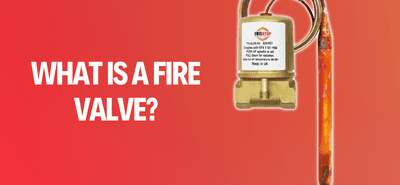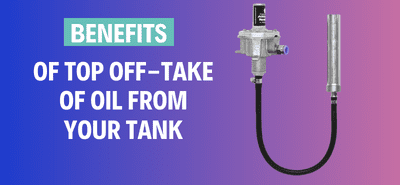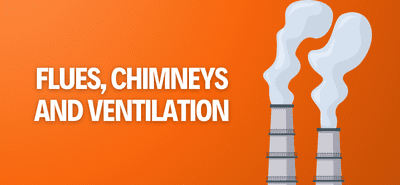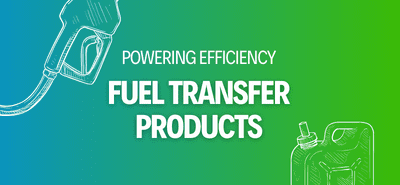What is ATEX ?
WHAT IS ATEX
A European Law bringing in two directives in July 2003 for ATEX products to protect employees when using equipment and operating in a potentially explosive environment. These two directives are The ATEX 95 Equipment Directive 94/9/EC and the ATEX 137 Workplace Directive 99-92-EC. ATEX Approved Transfer Pump
This happened after the Dangerous Substances and Explosive Atmospheres Regulations (2002) that made sure employers were legally responsible to control risks to employees in explosive atmospheres.
What the new ATEX directive did was to classify explosive atmospheres into zones based on the likeliness of an explosion and should it happen how serious it would be.
ATEX Zones Explained
Zone 0 is a reference to an area where an “explosive mixture of vapours and gases are constantly present or present for long periods of time”. Zone 1 is a reference to “an area where an explosive mixture of gases and vapours is likely to occur in normal operation”. Zone 2 is a reference to an area where explosive gases and vapours are likely to occur in normal operation but for short periods of time.
There are 3 more classified zones, 20,21,22 which relate to a cloud of combustible dust in the air. These are :-
- · Zone 20 – A place in which an explosive atmosphere in the form of a cloud of combustible dust in air is present continuously, or for long periods or frequently.
- · Zone 21 – A place in which an explosive atmosphere in the form of a cloud of combustible dust in air is likely to occur in normal operation occasionally.
- · A place in which an explosive atmosphere in the form of a cloud of combustible dust in air is not likely to occur in normal operation but, if it does occur, will persist for a short period only.
Equipment that is used in areas classified Zone 0 or 1 must adhere to strict criteria suggested by the ATEX directive to prevent the chances of a source of ignition.

DO I NEED AN ATEX APPROVED TRANSFER PUMP ?
If you are pumping petrol and kerosene, these fuels are classed as explosive fluids, as they have a higher flash point than something like diesel and such the greater the chance of a spark causing ignition during the pumping procedure. If in Europe, any electrical pump used for transferring kerosene or petrol should be CE and EX marked, signifying it is safe to be used under the ATEX regulations.
The translations of terms with regard to petrol or kerosene fuel transfer applications, Zone 0 makes reference to a situation where the pump is submerged into the fuel within the tank or drum itself. This would require a category 1 marked ATEX pump. Alternatively Zone 1 refers to a situation where the transferring pump pumping the flammable fuel is outside the tank. For instance on a forecourt, this would require a category 2 marked ATEX Approved transfer pump.
EQUIPMENT CATEGORIES AND ZONES
The hazardous area zone classification and corresponding equipment.
Categories are:
Zone 0 or zone 20 – category 1 equipment.
Zone 1 or zone 21 – category 2 equipment.
Zone 2 or zone 22 – category 3 equipment.
Notes
1 Category 1 equipment can also be used in zones 1 and 21 and category 1 and 2 equipment can be used in zones 2 and 22.
Furthermore since this document was produced Diesel has been reclassified to an explosive fuel.
From 1st June 2015, the classification of diesel (EN 590) and similar fuel oils changed pursuant to the CLP Regulation Classification, Labelling and Packaging (EU regulation 1272/2008 which is seeking to move the EU towards a globally harmonised system of classification and labelling of substances and mixtures).
Hence, as of 1st June 2015, the upper flashpoint for flammable liquid increased from 55°C to 60°C, and, consequently, diesel, along with other similar fuel oils, is now classified as a flammable liquid.











